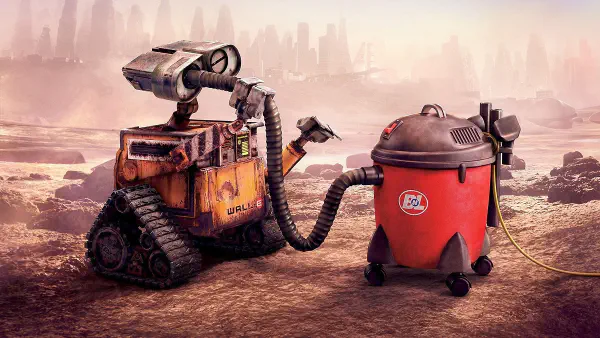
In today’s rapidly evolving technological landscape, robots are becoming an integral part of various industries, from manufacturing and logistics to healthcare and agriculture. These robots are designed to perform tasks efficiently and autonomously, making them indispensable in our daily lives. Central to their functionality is their ability to detect and recognize objects in their environment.
In this blog, we’ll explore the fascinating world of object detection and recognition in the realm of image processing, specifically focusing on OpenCV, a powerful open-source computer vision library.
The Importance of Object Detection and Recognition
Object detection and recognition are fundamental to the functioning of robots. Whether it’s an industrial robot picking and placing objects on an assembly line, an autonomous vehicle navigating through traffic, or a home robot assisting with household chores, the ability to identify and locate objects is paramount. Here’s why:
- Automation and Efficiency
- Object detection enables robots to perform tasks autonomously, leading to increased efficiency and reduced labor costs in various industries.
- Safety
- In applications like self-driving cars, detecting pedestrians, other vehicles, and obstacles is crucial for ensuring the safety of all road users.
- Improved Decision-Making
- Recognizing objects allows robots to make informed decisions based on the environment, enhancing their adaptability and versatility.
- Precision
- In manufacturing, robots can precisely position and manipulate objects with accuracy, minimizing errors and waste.
This is where image processing shines.
Object Detection and Recognition Techniques
Object detection and recognition rely on a combination of hardware and sophisticated image processing techniques. OpenCV, an open-source computer vision library, is a powerful tool for implementing these techniques. Here are some key methods used in object detection and recognition:
- Haar Cascade Classifiers
- These are effective for detecting faces and other simple objects. Haar-like features and cascading are used to train classifiers, making them computationally efficient.
- Histogram of Oriented Gradients (HOG)
- HOG is suitable for detecting objects with well-defined shapes and contours, such as humans or vehicles. It calculates gradients and orientations of image patches.
- Deep Learning-Based Approaches
- Convolutional Neural Networks (CNNs) have revolutionized object detection and recognition. Models like YOLO (You Only Look Once) and Faster R-CNN are capable of real-time object detection, offering high accuracy.
- Feature Matching
- This technique involves finding key features or points in an image and matching them to a database of known objects. It’s useful for template matching and object recognition.
- Color-Based Methods
- Detecting objects based on color is valuable in scenarios where objects have distinct colors. This method is often used in robotics for tasks like fruit harvesting.
Conclusion
Object detection and recognition are critical components of the modern robotic revolution. With the aid of image processing techniques, robots can navigate their environments, perform tasks, and interact with the world around them more effectively. OpenCV, as a versatile and powerful tool, enables developers and researchers to implement these techniques and push the boundaries of what robots can achieve. As technology continues to advance, we can expect even more accurate, efficient, and adaptable robots in the years to come, making our lives easier and safer.